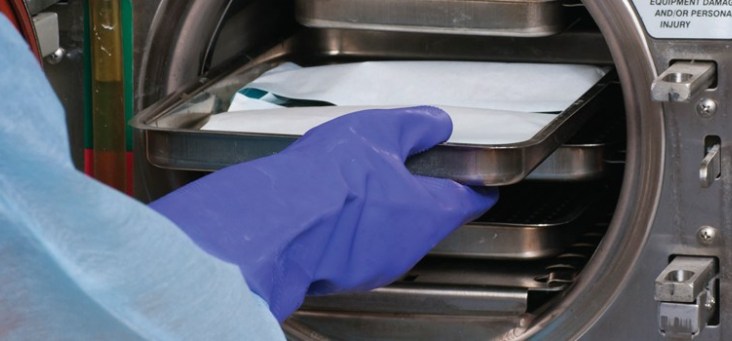Strategies for Meeting Infection Control Protocols

By Fiona M. Collins, BDS, MBA, MA
Following best practices in infection control reduces the risk of transmission of microorganisms and disease and is integral to maintaining patient and clinician health and safety. While rare, infection control breaches do occur. Incidents of bloodborne pathogen (BBP) exposure and/or transmission have been reported over the past decade in settings such as a portable dental clinic and oral surgery and dental offices.1–3 In addition, the transmission of Legionella pneumophila via contaminated water from dental unit waterlines (DUWL) led to the death of an octogenarian due to Legionnaire’s disease.4 More recently, Mycobacterium abscessus—a fast-growing pathogen present in water, soil, and dust—was transmitted to young children undergoing pulpotomies in dental clinics in California and Georgia.5 In these cases, contaminated water from the DUWL was the source. Typically, transmission occurs through the use of contaminated equipment during invasive procedures or inoculations involving contaminated products.6 The exposure resulted in children contracting soft and hard tissue infections that required invasive surgery and intravenous antibiotic therapy over several months.5
* References can be found in the original article via the link below.
Read Article






Responses